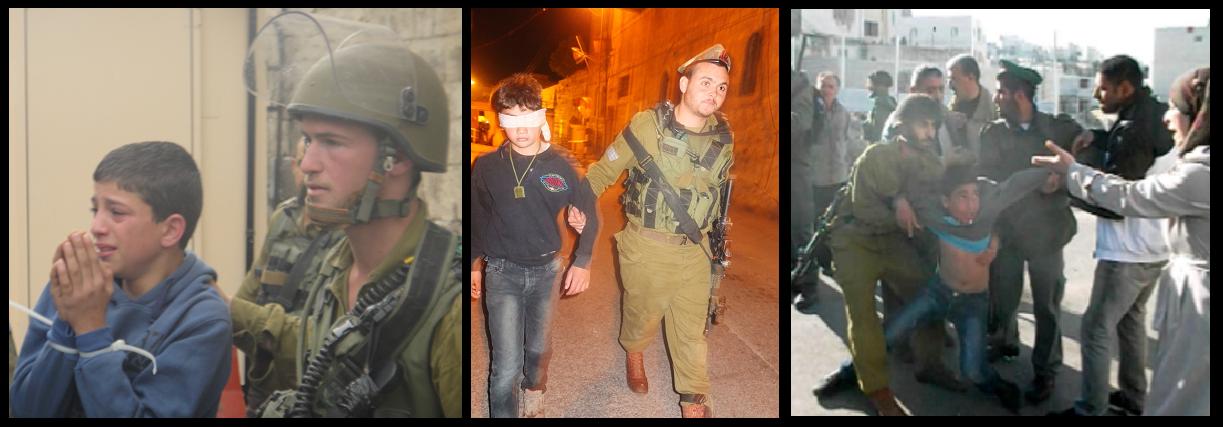Category: Reports
-
Jabari family once again facing harassment from settlers and soldiers
22nd July 2013 | International Solidarity Movement, Khalil Team | Hebron, Occupied Palestine On Saturday the 20th, whilst taking his sheep out to graze on his land, 56 year old Abd Al-Karim Ibrahim Al-Jabari was stopped and harassed by settlers and soldiers before being taken for questioning to the police station in Givat Ha’avot, an…
-
Video – Wave of child arrests intensifies in Hebron
21th July 2013 | International Solidarity Movement, Khalil Team | Hebron, Occupied Palestine On the evening of Sunday, July 14, in the old city of Hebron two Palestinian children named Mohammed and Ahmed, both aged 13 years old, were arrested. Though joining a wave of child arrests in Hebron during the last weeks, the arrests…
-
Restriction of movement remains for Palestinians during Ramadan
20th July 2013 | International Solidarity Movement, Ramallah Team | Qalandiya, Occupied Palestine On the second Friday during Ramadan, hundreds of Palestinians from the West Bank crossed Qalandiya checkpoint to access Jerusalem and pray at the Al Aqsa mosque. From the early hours of Friday, many hundreds of Palestinians from all across the West Bank…

